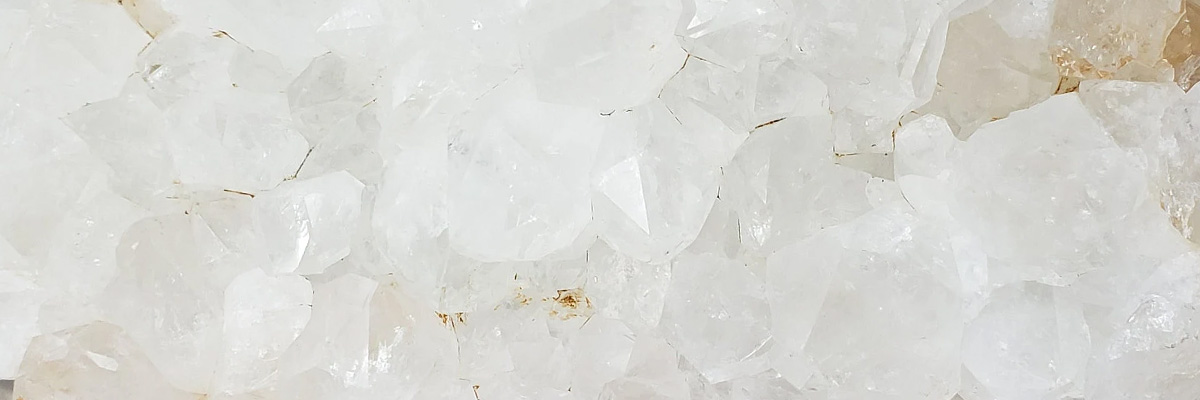Zeolites are a family of hydrated aluminosilicate minerals, belonging to the tectosilicates subclass. These unique minerals are characterized by their crystalline structures, which contain interconnected, three-dimensional frameworks of channels and cavities. Zeolites exhibit various colors, such as white, green, and brown, and have a vitreous to pearly luster. Their physical characteristics include well-formed, prismatic or tabular crystal structures, which can vary in size.
Usage
Zeolites possess a wide range of applications due to their unique properties, such as high adsorption capacity, ion-exchange ability, and molecular sieving. They are extensively used in water purification, agriculture, and industrial processes, including petroleum refining and gas separation. Zeolites are also employed as catalysts in the production of petrochemicals and fine chemicals, as well as additives in detergents and other cleaning products.
Gemstone
Although zeolites are not commonly considered gemstones, some varieties, such as stilbite and heulandite, have been used as decorative stones due to their aesthetic appeal. These minerals are often found in attractive crystal clusters and display a range of colors, making them suitable for ornamental purposes or as mineral specimens for collectors.
Origin
Zeolites form through various geological processes, including the alteration of volcanic rocks by hydrothermal fluids, the crystallization of alkaline lake sediments, and the low-temperature alteration of clay minerals. They are typically formed through the interaction of silica, alumina, and alkali elements, which contribute to their unique framework structures.
Occurrence
Zeolites occur in a variety of geological environments, such as volcanic rocks, sedimentary deposits, and hydrothermal veins. They can be found in numerous locations around the world, with significant deposits in countries like India, the United States, Italy, and Iceland. These areas are known for their diverse geological settings, which contribute to the formation of various zeolite species.
Metaphysical
In metaphysical and spiritual practices, zeolites are believed to possess a range of properties, depending on the specific variety. They are often considered as stones of detoxification, helping to remove negative energies and emotions. Zeolites are also thought to enhance intuition, promote creativity, and support spiritual growth. In addition, they are believed to facilitate the release of attachments and assist in the manifestation of one’s desires.
| Class | Tectosilicates |
| Formula | (Na,K,Ca)2-3Al3(Al, Si)2Si13O36·12H2O |
| Luster | Vitreous to pearly |
| Hardness (Mohs) | 3-5 (varies depending on the type of zeolite) |
| Streak | White |
| Color | White, green, brown, and various other colors |
| Cleavage | Good to perfect, depending on the type of zeolite |
| Specific Gravity | 2.1 – 2.3 (varies depending on the type of zeolite) |


